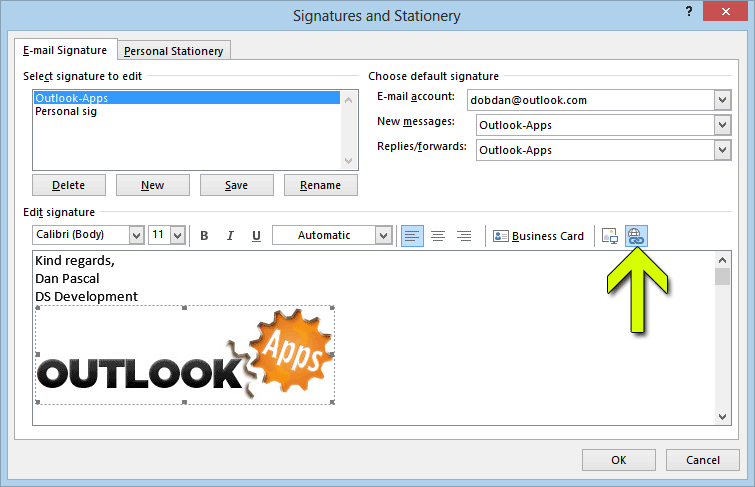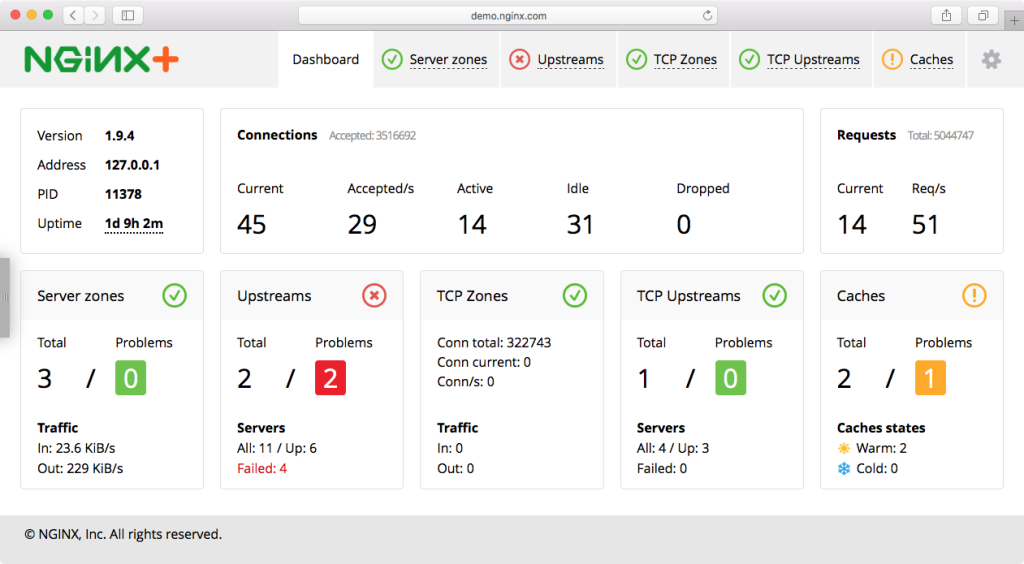Download Nginx For Mac
Posted : admin On 24.12.2018Bitnami Nginx Stack is a freely distributed and multi-platform software project that has been designed from the ground up to simplify the deployment of the powerful Nginx web server application, as well as of its runtime dependencies, on desktop computers and laptops. It is also known as the Bitnami LEMP Stack on GNU/Linux, Bitnami WEMP Stack on Microsoft Windows and Bitnami MEMP Stack on Mac OS X.
On the Home tab, in the New group, click New E-mail. Keyboard shortcut To create an email message, press CTRL+SHIFT+M. In the message body, enter the content that you want. 

Nginx Install Mac
What’s included? The installer includes ready-to-run versions of the Varnish web app accelerator, the phpMyAdmin administration front-end for MySQL, SQLite database engine, ImageMagick image manipulation tool, as well as FastCGI binary protocol. In addition to the above, the Memcache distributed memory object caching system, GD graphics library, cURL file transfer tool, PEAR (PHP Extension and Application Repository) and PECL (PHP Extension Community Library) are also included. What is Nginx? Nginx is an open source, platform-independent and free web server in the style of Apache, but featuring a lightweight core and offering higher performance. Key features include a modular architecture, FastCGI support, uWSGI support, SSL and TLS SNI support, accelerated reverse proxying with caching, as well as simple load balancing and fault tolerance, XSLT, chunked responses, gzipping, Server Side Includes (SSI) and image transformation. Run Nginx in the cloud Despite the fact that Nginx can be deployed on personal computers using the Bitnami Nginx Stack installer, users can also run Nginx in the cloud, thanks to Bitnami’s pre-built cloud images for the Amazon EC2 and Windows Azure cloud hosting providers.
Nginx virtual appliance and Docker container In addition to hosting Nginx in the cloud or installing on personal computers, you can virtualize it on top of the VMware ESX, ESXi and Oracle VirtualBox virtualization software, thanks to Bitnami’s virtual appliance based on the latest LTS (Long Term Support) release of the world’s most popular free operating system, Ubuntu.
$ docker run hello-world Unable to find image 'hello-world:latest' locally latest: Pulling from library/hello-world ca4f61b1923c: Pull complete Digest: sha256:ca0eeb6fb05351dfc8759c20733c91def84cb8007aa89a5bf606bc8b315b9fc7 Status: Downloaded newer image for hello-world:latest Hello from Docker! This message shows that your installation appears to be working correctly. • Start a Dockerized web server. Like the hello-world image above, if the image is not found locally, Docker pulls it from Docker Hub. $ docker run -d -p 80:80 --name webserver nginx • In a web browser, go to to view the nginx homepage. Because we specified the default HTTP port, it isn’t necessary to append:80 at the end of the URL.
Prebuilt Packages for Linux and BSD¶. Most Linux distributions and BSD variants have NGINX in the usual package repositories and they can be installed via whatever method is normally used to install software (apt-get on Debian, emerge on Gentoo, ports on FreeBSD, etc).
Early beta releases used docker as the hostname to build the URL. Now, ports are exposed on the private IP addresses of the VM and forwarded to localhost with no other host name set.
• View the details on the container while your web server is running (with docker container ls or docker ps): $ docker container ls CONTAINER ID IMAGE COMMAND CREATED STATUS PORTS NAMES 90 nginx 'nginx -g 'daemon off' About a minute ago Up About a minute 0.0.0.0:80->80/tcp, 443/tcp webserver • Stop and remove containers and images with the following commands. Use the “all” flag ( --all or -a) to view stopped containers. $ docker container ls $ docker container stop webserver $ docker container ls -a $ docker container rm webserver $ docker image ls $ docker image rm nginx Preferences menu Choose → Preferences from the menu bar and configure the runtime options described below. General General settings are: • Start Docker when you log in: Uncheck this option if you don’t want Docker to start when you open your session. • Automatically check for updates notifies you when an update is available. Click OK to accept and install updates (or cancel to keep the current version). If you disable this option, you can still find out about updates manually by choosing → Check for Updates.